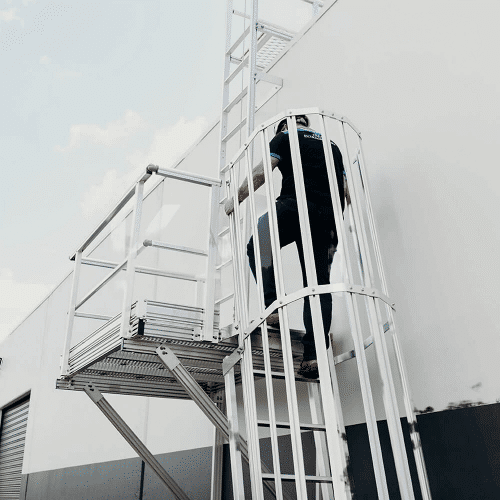FAQs
Everything you need to know about our service. Can’t find the answer you’re looking for? Please, chat to our friendly team.

Workplace safety is a critical aspect of any business, and it is essential to be well-versed in the various laws and regulations that govern the safety of employees. In this article, we will discuss the key acts, regulations, codes, and standards that apply to workplace safety in Australia, focusing on Work Health and Safety (WHS) and Occupational Health and Safety (OHS). Additionally, we will provide resources and information to help businesses maintain compliance and promote a safe work environment.
These regulations outline specific requirements for managing hazards and risks in the workplace, including duties related to facilities, plant and structures, hazardous chemicals, and asbestos management.
The OHS Regulations provide detailed requirements for managing health and safety risks in Victorian workplaces, including specific regulations for high-risk industries such as construction.
The WHS Act provides a framework for protecting the health and safety of workers in Australia. It establishes duties for persons conducting a business or undertaking (PCBUs), workers, and other workplace participants to ensure a safe working environment.
The OHS Act outlines the responsibilities of employers and employees in Victoria, ensuring that workplaces are safe and without risks to health. It also establishes guidelines for consultation, risk management, and enforcement.

Various resources, such as fact sheets, guides, and checklists, are available to help businesses understand and comply with workplace safety laws and regulations. Some of these resources include:
SIA Global offers a range of Australian and international standards related to workplace safety, including guidelines for risk management, safety management systems, and personal protective equipment (PPE).
Standards Australia develops and maintains Australian standards, including those related to work health and safety. These standards provide guidance on best practices for businesses and industries.
For additional information and resources, consult the following websites:
This code provides practical guidance on managing risks associated with falls at workplaces, including risk assessment and control measures.
Understanding and complying with workplace safety laws and regulations are crucial for businesses in Australia. By familiarizing yourself with the relevant acts, regulations, codes of practice, and standards, you can create a safe and healthy work environment for your employees. Make use of the resources and websites listed in this article to ensure your business remains compliant and up-to-date with current safety requirements.
This code provides practical guidance for businesses on how to identify, assess, and control workplace hazards to minimize risks to workers' health and safety.
This industry code, published in September 2021, provides guidance on the design, installation, and maintenance of fixed platforms, walkways, guardrails, stairways, and ladders for working at height.
Larger units can have significant footprints
Generally, two-person use capacity
This code offers guidance on the design, installation, and maintenance of permanent anchor systems, lifeline, and rail installations for working at height.
This code provides practical guidance on managing risks associated with falls at workplaces, including risk assessment and control measures.
Selecting the right facade maintenance system requires careful consideration. Each building is unique, and height safety solutions are not one-size-fits-all. At SAS Projects, we can assist you with new system designs or conduct auditing and/or system installation on your existing buildings. For advice on your requirements, contact us on the form below:
Everything you need to know about our service. Can’t find the answer you’re looking for? Please, chat to our friendly team.
Ensuring compliance is vital for protecting lives, avoiding legal repercussions, and maintaining the building's reputation in the industry.
While foundational principles remain, regulations can evolve based on new research, technological advancements, and incident learnings. It's crucial to stay updated.
Building owners or property managers typically bear the responsibility, but all stakeholders, including contractors and occupants, play a role in upholding safety.
Penalties can range from hefty fines, legal actions, increased insurance premiums, to potential imprisonment for severe negligence.
Engaging in regular professional inspections, certifications, training programs, and staying abreast of legal changes ensures persistent compliance.
Typically, both. International projects must meet local regulatory standards while also considering best practices from global safety guidelines.